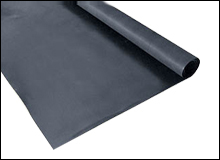D
Hi everyone.
Please help settle a debate for me. When starting with a mid grade +40 mesh PGM sweep sample, is it more effective to rotary riffle, or puck mill the sample to -80 mesh for fire assay. I am working with sample sizes generally around 2 grams. Which method is best, in your opinion, for ensuring a homogenous sample?
Thanks.
Please help settle a debate for me. When starting with a mid grade +40 mesh PGM sweep sample, is it more effective to rotary riffle, or puck mill the sample to -80 mesh for fire assay. I am working with sample sizes generally around 2 grams. Which method is best, in your opinion, for ensuring a homogenous sample?
Thanks.


